I came across a commercial design which switches coils using N-channel MOSFETs (two in one MOSFET in a SOIC package). It surprised me a bit that there were no flyback diodes in parallel to the coils. I talked to the designer, and he said that the body diodes would protect the MOSFET. I also talked to an experienced coworker, and he also said that that actually is 'normal.'
I understand that the back EMF current flows through the power supply all the way to the MOSFET's body diode until it dies out.
I am usually a believer of: That what cannot possibly be any good, must therefore be harmful (though it isn't always applicable). I am not sure if this is applicable now.
The design in question is actually known to suffer from dying MOSFETs very occasionally.
Is it true that not using a flyback diode and solely rely on the body diode does not do any harm to the MOSFET? Can the back EMF current affect other components (in a negative way) which share the same voltage source? I do recall that a voltage source acts as a short.
The MOSFET type in question is an IRF7103.

